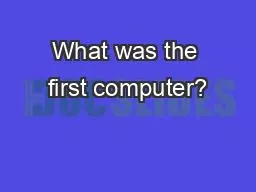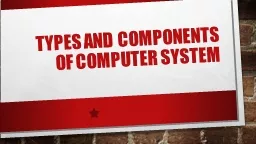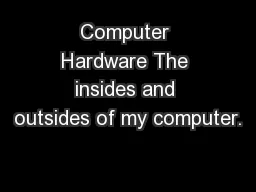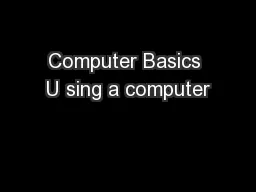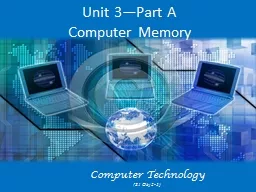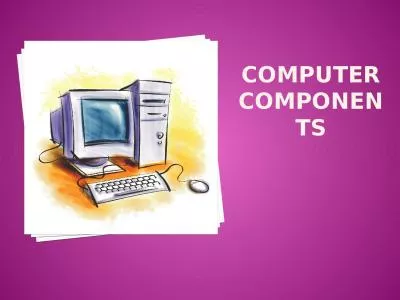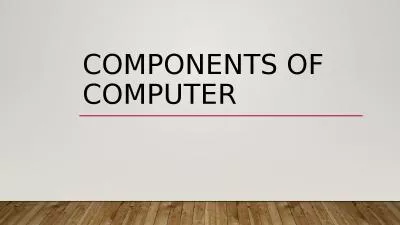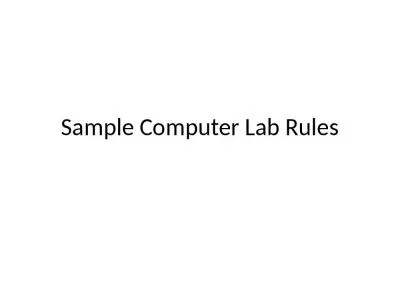PPT-What was the first computer?
Author : limelighthyundai | Published Date : 2020-08-06
No it wasnt the IPad Mini Modern computers come in all shapes and sizes Moto 360 2014 512MB 1 billion instructions per second IBM 360 Mainframe 1964 64KB 35000 instructions
Presentation Embed Code
Download Presentation
Download Presentation The PPT/PDF document "What was the first computer?" is the property of its rightful owner. Permission is granted to download and print the materials on this website for personal, non-commercial use only, and to display it on your personal computer provided you do not modify the materials and that you retain all copyright notices contained in the materials. By downloading content from our website, you accept the terms of this agreement.
What was the first computer?: Transcript
Download Rules Of Document
"What was the first computer?"The content belongs to its owner. You may download and print it for personal use, without modification, and keep all copyright notices. By downloading, you agree to these terms.
Related Documents

